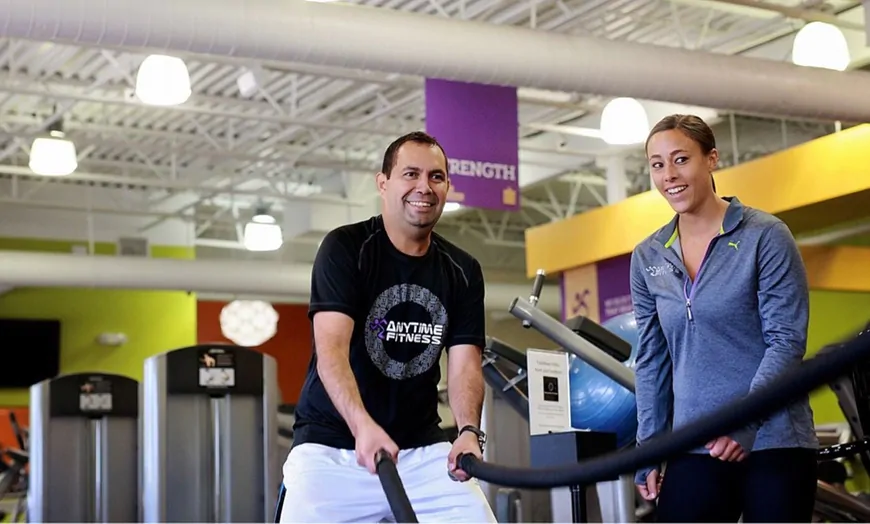Innovating Healthcare: The Benefits and Potential of Real-Time Location Systems (RTLS) in Healthcare

Real-time location systems (RTLS) are a subset of the Internet of Things, which refers to the idea that everyday objects and devices can be connected to a network, allowing those objects to communicate with one another.
In healthcare, RTLS has the potential to help improve patient outcomes by providing real-time information about the location of patients who are at risk for falls or other injuries. This could allow caregivers to identify and intervene earlier to prevent these events, thus potentially decreasing costs associated with healthcare costs.
What Are the Effects of Real-Time Location Systems in Healthcare?
Improved patient engagement
Patients with RTLS systems are more engaged and attentive, which can lead to better outcomes and lower costs. For example, one study found that patients with access to an RTLS system were more likely to complete their medication schedules than patients who did not have access to such technology. Patients whose caregivers could easily check in on them were also less likely to get lost on their way home from the hospital, which reduced the need for emergency room visits and ambulance rides, and missed appointments.
Improved care coordination
Real-time location systems (RTLS), such as infant security systems in hospitals, improve communication between caregivers and patients in nursing homes or other assisted living facilities. This is because RTLS allows caregivers more time to interact with patients on-site rather than calling them from home or another location away from the patient’s care facility.
For example, if a patient has been diagnosed with dementia and needs 24-hour supervision in their room or apartment, RTLS would allow caregivers to observe their condition at any time without having to call them or leave messages on their answering machine. These improvements could also reduce costs associated with long-distance calls while still allowing family members to visit periodically.
Improved efficiency in the healthcare system
Real-time location systems (RTLS) in the healthcare sector can help to improve efficiency in the healthcare system by reducing the number of visits needed to coordinate care and providing a more accurate picture of patient needs. Real-time location systems also allow hospitals to track patients on their way into and out of the hospital, which can help them avoid unnecessary hospital admissions.
Improved patient experience
Real-time location systems are also beneficial for patients because they can help them stay better connected with their doctors and other caregivers throughout treatment. This can provide a more personalized experience for patients and make it easier for them to coordinate appointments and communicate with their doctors about their health concerns. Real-time location systems also give patients access to information about where they need to go next, so they don’t have to worry about getting lost or being delayed by traffic or weather conditions, especially if they need frequent follow-up appointments or surgeries.
Reduction in errors and adverse events
Real-time location systems can detect potential errors or adverse events that may occur during a patient’s stay at a hospital or other healthcare facility. If there is an error with medication or another medical procedure, it is much easier for nurses to identify when this happens so that they can take steps immediately to correct the problem and prevent further harm from occurring. By using real-time location systems, nurses can also be notified if their patient suddenly goes into cardiac arrest so that they can respond quickly and save their life.
Improved safety
Other than just having muster points-the safe areas designated for patients and healthcare personnel to gather in case of an emergency evacuation, RTLS makes all the difference in terms of security.Real-time location is an approach to improve healthcare safety by tracking patients’ locations. It allows doctors, nurses, and other caregivers to monitor the physical conditions of a patient, as well as their mental state. This system can help to prevent hospital-acquired infections, reduce patient falls and improve the efficiency of healthcare workers.
Increase equipment utilization
Real-time location systems will increase equipment utilization. Equipment may not always be needed when a patient is present in a room, but this does not have to be the case. The RTLS system can be set up to ensure that any unused equipment or resources are deactivated when no patients are present so that they do not waste time or money on them.
Key Takeaway
Real-time location systems benefit healthcare organizations because they help improve patient safety, reduce errors, and improve productivity. Hospitals can better manage their emergency departments and other procedures using real-time location systems. This helps reduce medical errors and increases patient satisfaction. In addition, RTLS also helps improve the quality of patient care by providing more accurate information about where patients are located within the hospital or clinic environment. This allows staff members to focus on providing care instead of worrying about where patients are located in relation to each other or other objects within the room.





